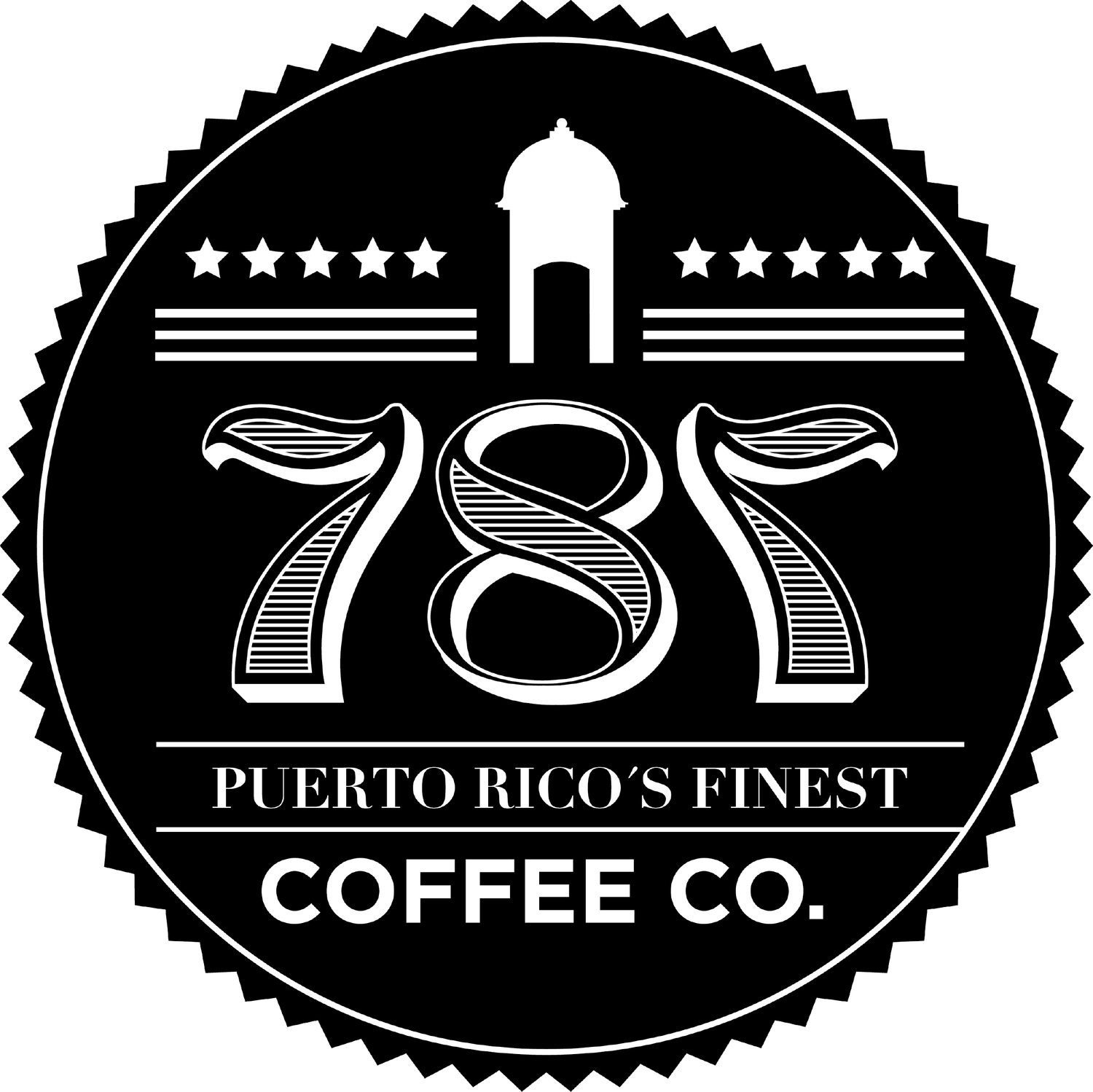The Traditional Sock Brewing Method: How to Make Smooth Coffee the Eco-Friendly Way
Let’s Connect on Social
The sock brewing method, also known as La Media’ in Puerto Rico and other latin american countries or chorreador in Costa Rica, is a traditional coffee brewing technique that uses a cloth filter resembling a sock. This method is popular in many cultures, especially in America and Asia. The cloth filter, often called a "coffee sock," is made of tightly woven cotton and attached to a wire or wooden handle.
The sock coffee brewing method, La Media’, has its roots in Costa Rica, but variations exist in other cultures such as Puerto Rico, Cuba, Thailand, and other parts of Latin America and Asia. The technique dates back to a time when metal filters were less accessible and cloth was a convenient alternative. In Costa Rica, the traditional chorreador consists of a wooden stand that holds a cloth filter or "sock." This method gained popularity due to its simplicity, affordability, and the smooth, rich coffee it produces. Historically, the chorreador was part of daily life in Costa Rican households, making it a symbol of Costa Rican culture and hospitality. It is still used today in many regions as a way to preserve and celebrate tradition.
Over the years, this method spread to other countries, each adopting their own variations, showcasing the universal appeal of this simple yet effective brewing technique.
How the Sock Brewing Method Works:
1. Setup: The coffee sock (cloth filter) is held over a coffee pot, mug, or carafe using its handle or a stand. In traditional Costa Rican chorreador setups, the sock is attached to a wooden stand that holds it above the container.
2. Add Ground Coffee: Ground coffee (typically a medium-coarse grind) is added to the sock.
3. Boil Water: Bring water to a near-boiling point. The recommended temperature is between **195°F to 205°F** (around **90°C to 96°C).
4. Pour Water Over Coffee: Slowly pour the hot water over the coffee grounds in the sock in a circular motion. The water filters through the grounds, extracting flavors as it passes through the cloth.
5. Allow the Coffee to Drip: The brewed coffee drips into the container below. The entire process usually takes a few minutes, similar to a traditional pour-over.
6. Serve and Enjoy: Once the dripping stops, remove the sock and pour your coffee.
Benefits of Sock Brewing:
- Smooth and Rich Flavor: The cloth filter removes most coffee oils and fine particles, resulting in a clean, smooth cup of coffee while allowing some body and richness to remain.
- Eco-Friendly: Cloth filters are reusable and eco-friendly compared to paper filters. After brewing, the sock can be rinsed and dried for the next use.
- Tradition and Culture: The sock brewing method is deeply rooted in the coffee culture of many regions, especially in countries like Costa Rica, Cuba, and parts of Southeast Asia, where it’s a cherished traditional way to make coffee.
Tips for Using a Coffee Sock:
- Care for the Sock: To maintain the sock, rinse it thoroughly with water after each use and allow it to air dry. Avoid using soap, as it can leave residues and affect the coffee’s taste.
- Season the Filter: New socks may need to be seasoned by boiling them in water before the first use to remove any cottony taste.
The sock brewing method is a simple, affordable, and environmentally friendly way to make delicious coffee. It’s a great way to explore traditional coffee preparation techniques and connect with the roots of coffee culture!
Discover the Origin of Your Coffee at 787 Coffee
At 787 Coffee, we’re passionate about more than just making great coffee—we’re preserving a piece of Puerto Rican tradition. Growing up, many of us remember waking up to the rich aroma of freshly brewed coffee made by our abuelitas using la media, a traditional sock-like filter. This simple, yet masterful brewing method, passed down through generations, infuses every cup with the essence of home and heritage. It’s a smooth and eco-friendly way to enjoy coffee, connecting us to our roots with every sip.
We bring that same spirit to the way we cultivate and craft our coffee at Hacienda Iluminada, nestled in the fertile mountains of Maricao, Puerto Rico. Our farm’s ideal climate and rich soil provide the perfect conditions for growing premium single-origin coffee. Each bean we produce embodies the exceptional terroir of this unique region. By blending traditional methods with modern sustainable farming practices, we grow, harvest, and roast our coffee beans to ensure you experience the strongest, freshest coffee straight from the source—never imported.
The distinctive flavor of our coffee is shaped by Maricao’s terroir, a combination of climate, soil, and environmental factors that give our beans their rich taste and signature aroma. Each cup of 787 Coffee captures the magic of Puerto Rico, offering a flavor profile that rivals the world’s best coffee-growing regions.
When you’re in Puerto Rico, don’t miss the chance to visit Hacienda Iluminada, our stunning coffee farm. Experience firsthand how we sustainably grow and produce our award-winning, single-origin coffee from the mountains straight to your cup. Join us for a behind-the-scenes tour every Saturday at 11 a.m. and relive the tradition of la media—the art of coffee-making as practiced by our abuelitas. Whether you're enjoying 787 Coffee in Puerto Rico, New York, or El Paso, Texas, you’ll taste the connection to our heritage in every sip.
Want to bring this experience home? Shop our sustainably sourced coffee bags online at 787coffee.com or find our top-rated coffee shops on Google to fuel your day with the best.



